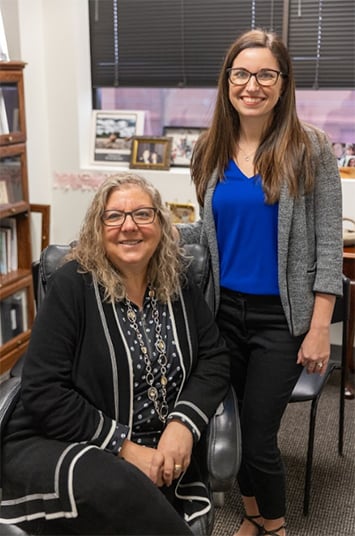Virginia residents may be interested in knowing some of the reasons why bankruptcy filings are at a 10-year low. According to a report from a Supreme Court Justice, both consumer and corporate bankruptcy filing rates are the lowest they have been in a decade. But the reason is not necessarily that people are doing better financially.
Around 1.6 million petitions were filed for bankruptcy in September 2010. Consumer cases made up the majority of those petitions. Under 800,000 cases were filed in September 2018, with 97 percent being consumer cases. The number of cases dropped by more than half in just eight years.
There are several reasons why personal and business bankruptcy filings may be on the decline. For one thing, many people are just finding that it is too expensive to file for bankruptcy, especially since they may not have many assets to protect. An individual who is filing for Chapter 7 bankruptcy may pay up to $1,500 upfront, not including fees the debtors will incur or court costs.
Something else that could possibly be behind the decline in bankruptcy filings is the fact that some have experienced increased healthcare coverage due to the Affordable Care Act. Medical bills are behind why many file for bankruptcy. If there are no medical bills to pay, fewer people need help. Mortgage programs have also helped some homeowners in distress to hold onto their home and avoid bankruptcy.
While bankruptcy is at a 10-year low, there are still individuals who may benefit from it. An individual who is considering personal bankruptcy may wish to speak with an attorney. The lawyer might be able to provide advice on bankruptcy as a means of obtaining debt relief.


